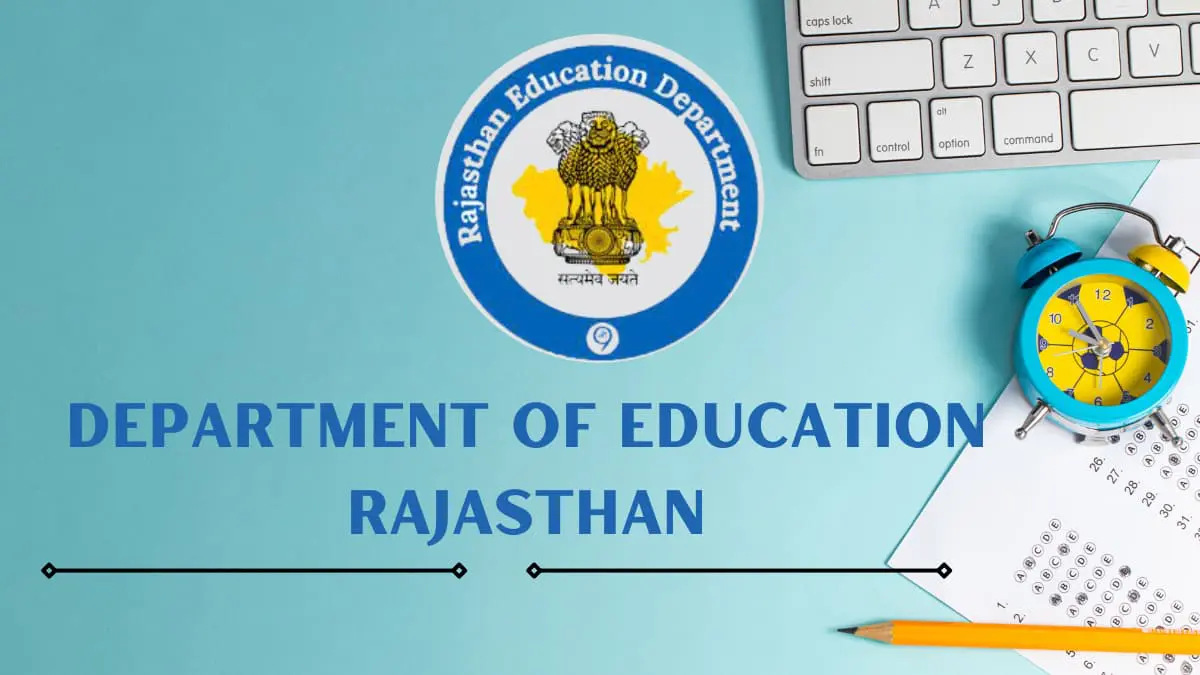
NCERT Class 10 Social Science Practice Paper (Term 2)

RBSE Class 10 Social Science Practice Paper (Term 2)
Instructions:
- This paper is divided into three sections: A, B, and C.
- All questions are compulsory.
- Answer all questions in blue or black ink only.
- Use of white correction fluid or blade is not allowed.
- You have 3 hours to complete the paper.
Section A (Multiple Choice, 30 marks)
- The capital of the Mughal Empire during Akbar’s reign was: (a) Agra (b) Delhi (c) Lahore (d) Fatehpur Sikri
- The Five Year Plans in India are formulated by: (a) The President (b) The Prime Minister (c) The Planning Commission (d) The Parliament
- The term ‘Green Revolution’ is associated with: (a) Industrialization (b) Agricultural Development (c) Environmental Protection (d) Social Reforms
- The main source of water for irrigation in Rajasthan is: (a) Rivers (b) Canals (c) Wells (d) Lakes
- The famous Khajuraho temples are located in the state of: (a) Uttar Pradesh (b) Madhya Pradesh (c) Rajasthan (d) Gujarat
- The Non-Aligned Movement was founded by: (a) Jawaharlal Nehru (b) Gamal Abdel Nasser (c) Sukarno (d) Kwame Nkrumah
- The author of the book ‘Animal Farm’ is: (a) George Orwell (b) Aldous Huxley (c) Arthur Miller (d) J.R.R. Tolkien
- The currency of Japan is: (a) Yen (b) Yuan (c) Won (d) Rupee
- The largest continent in the world is: (a) Asia (b) Africa (c) North America (d) Antarctica
- The internet was invented by: (a) Tim Berners-Lee (b) Bill Gates (c) Steve Jobs (d) Mark Zuckerberg
Section B (Short Answer, 30 marks)
- Describe two important features of Mughal architecture.
- Write a note on the role of women in the Indian freedom struggle.
- Explain the importance of water conservation in Rajasthan.
- Briefly discuss the impact of globalization on Indian culture.
- What are the different types of forests found in India?
- Write a short note on the concept of democracy.
- Explain the meaning of the term ‘sustainable development’.
- Mention any two major challenges faced by developing countries.
- What are the benefits of using information technology in education?
- Briefly describe the impact of the Industrial Revolution on Europe.
Section C (Long Answer and Data Interpretation, 40 marks)
- (a) Discuss the causes of the French Revolution. (b) Explain the significance of the American Revolution.
- (a) Describe the features of the federal form of government in India. (b) Analyze the role of the Judiciary in the Indian democracy.
- (a) Compare and contrast the Mughal Empire and the Maratha Empire. (b) Write a short note on the importance of the Bhakti movement in India.
- (a) Discuss the impact of the Green Revolution on Indian agriculture. (b) Explain the challenges and opportunities for India in the 21st century.
Marking Scheme:
- Section A: 1 mark each question
- Section B: 2-3 marks each question
- Section C: 5-10 marks each question
Note: This is a sample practice paper, and the actual exam may have different questions and marking scheme. However, this practice paper should help you understand the type of questions that may be asked in the exam and prepare accordingly.